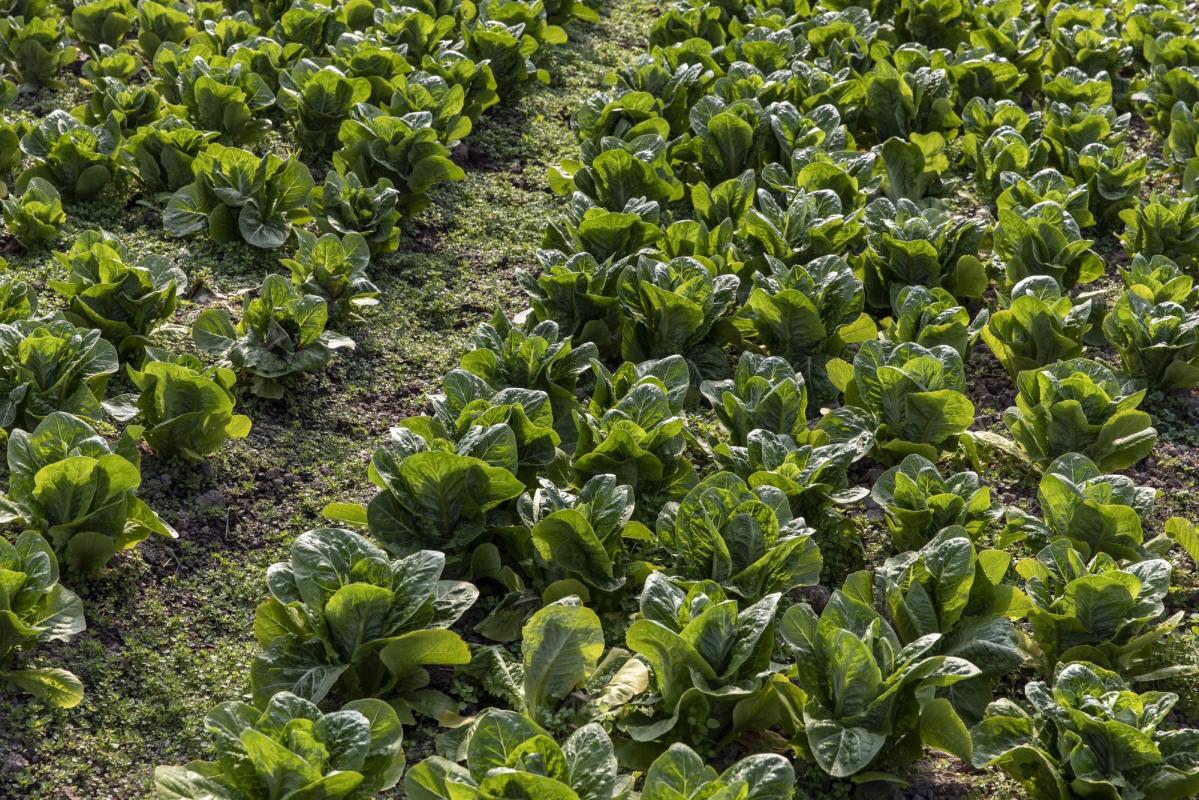C. Copperpot
New member
We all eat bugs all the time. Peanut butter, coffee, chocolate, etc., etc. They all got bugs in em. FDA and equivalent regulation agencies in other countries set upper bounds of allowable contaminants because ensuring everything we eat is pristine and sparkly would make it all too expensive.“ We got them to take the jabs, eat plant-based meat, now let’s get them to eat bugs and food fertilized with their own shit”.
CPG Sec. 510.500 Green Coffee Beans, criteria for direct reference seizure:
1. Insects and Mold - an average of 10 percent or more by count of green coffee beans are
insect infested, including insect damaged, or moldy;
or
2. Graded green coffee beans are poorer than Grade 8 of the New York Green Coffee
Association.
I read that as 9 percent or less by count are infested, then it's okay. With coffee, it's usually coffee berry borer beetles and coffee bean weevils. I don't care. Cultures all over the world have been eating insects since humans have been humans. The average American couldn't tell you what's so different between insects and crustaceans, and they'll happily eat crawfish and shrimp. I want my coffee, and I want it cheap enough I can afford to drink a lot of it.
Far as fertigating with shitwater goes, we've been doing that for ages.
Prehistory:
Wastewater reuse activities
Wastewater reuse is an ancient practice, which has been applied since the dawn of human history, and is connected to the development of sanitation provision.[8] Reuse of untreated municipal wastewater has been practiced for many centuries with the objective of diverting human waste outside of urban settlements. Likewise, land application of domestic wastewater is an old and common practice, which has gone through different stages of development.
Domestic wastewater was used for irrigation by prehistoric civilizations (e.g. Mesopotamian, Indus valley, and Minoan) since the Bronze Age (ca. 3200–1100 BC).[9] Thereafter, wastewater was used for disposal, irrigation, and fertilization purposes by Hellenic civilizations and later by Romans in areas surrounding cities (e.g. Athens and Rome).[10][11][12]
Medieval and early modern ages:
Sewage farms for disposal and irrigation
“Sewage farms” (i.e. wastewater application to the land for disposal and agricultural use) were operated in Bunzlau (Silesia) in 1531, in Edinburgh (Scotland) in 1650, in Paris (France) in 1868, in Berlin (Germany) in 1876 and in different parts of the USA since 1871, where wastewater was used for beneficial crop production.[65][66] In the following centuries (16th and 18th centuries) in many rapidly growing countries/cities of Europe (e.g. Germany, France) and the United States, “sewage farms” were increasingly seen as a solution for the disposal of large volumes of the wastewater, some of which are still in operation today.[67] Irrigation with sewage and other wastewater effluents has a long history also in China and India;[68] while also a large “sewage farm” was established in Melbourne, Australia, in 1897.[69]
It needs to be done smartly, screened for contaminants like heavy metals, applied where neighbors won't be affected by aerosolized shit particles carrying infectious diseases, and done long enough before harvest that disease organisms aren't viable by the time we're tucking in.
People who want shit to worry about oughta read up on the ubiquity of and health concerns related to PFASs or something.






